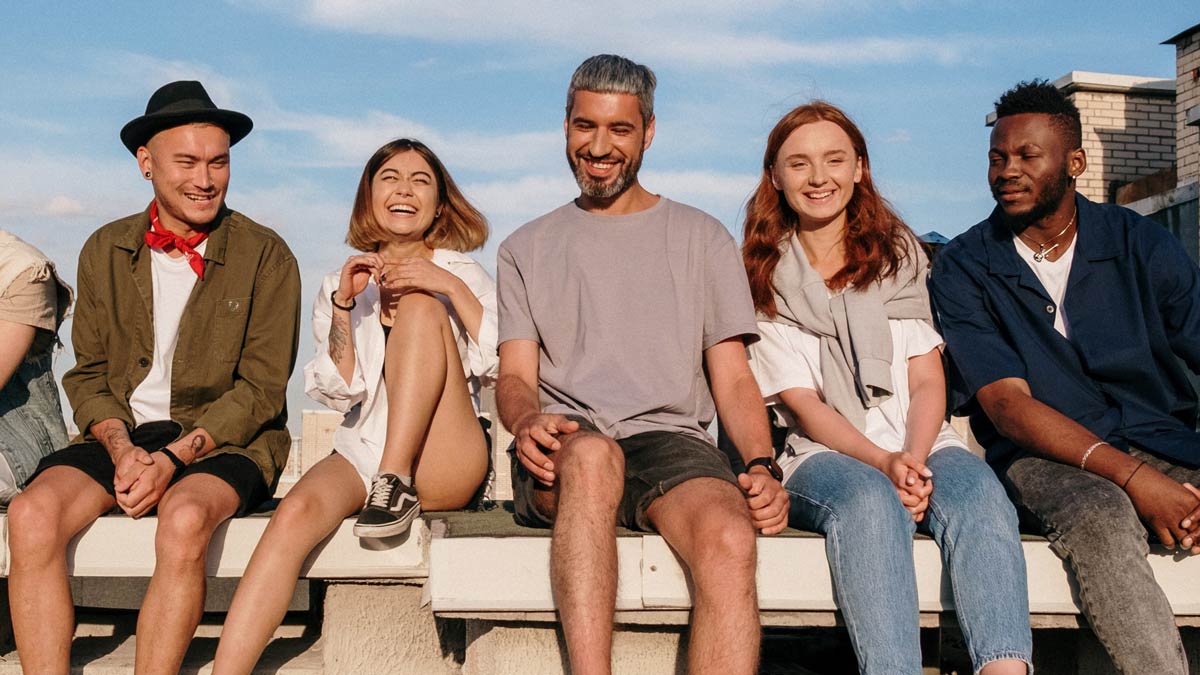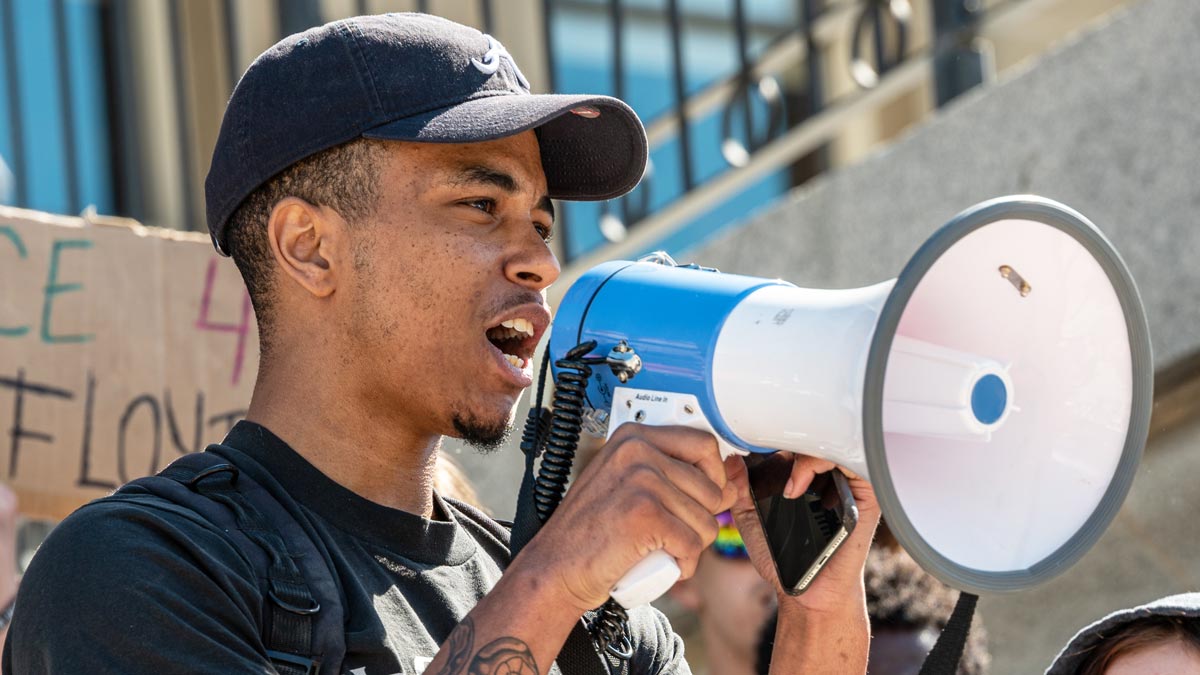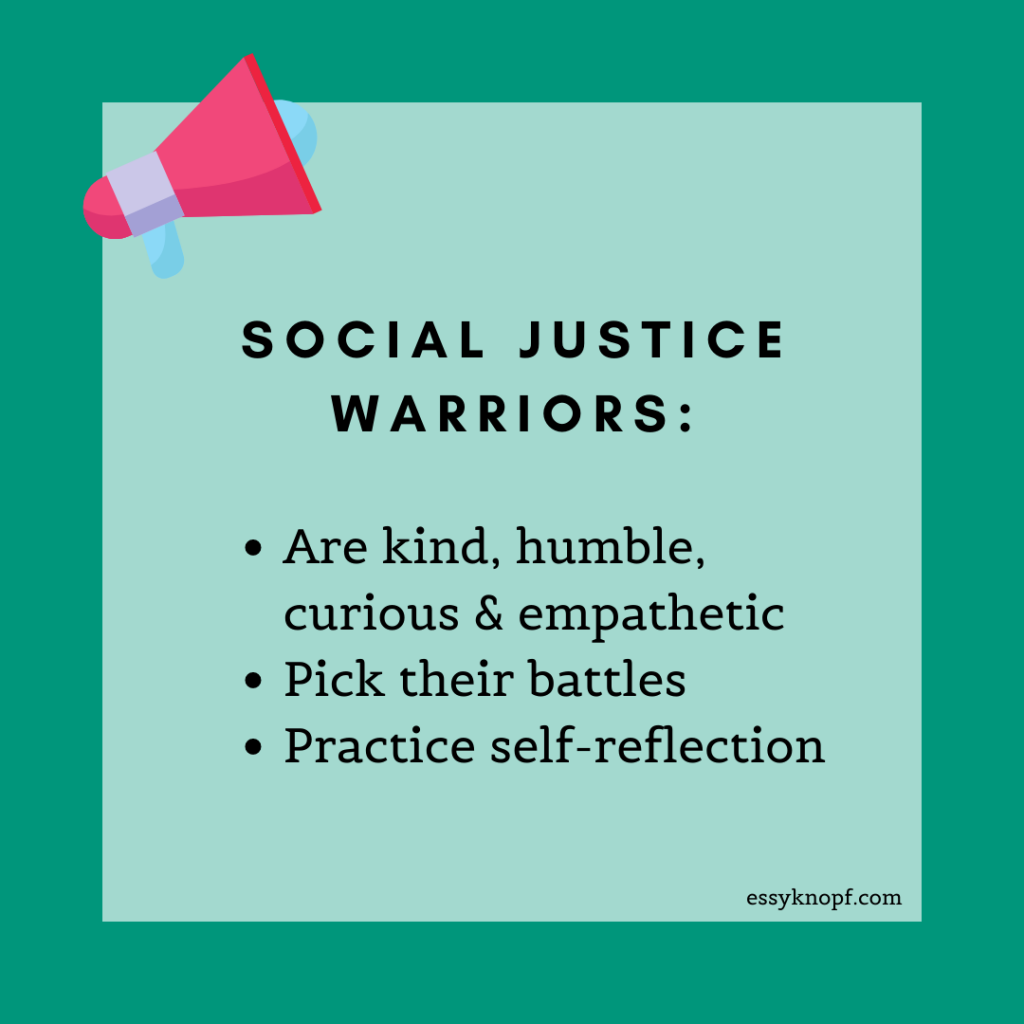The first step towards an anti-oppressive social work practice? Understanding intersectionality
Intersectionality teaches us that identity is complex, made up of a variety of factors including race, gender, class,1 ethnicity, age, sexuality, and physical ability.
How these aspects of self interact with power structures and cultural interpretations2 and shape our experiences of privilege and power, oppression and disadvantage, are the crux of discussions about intersectionality.
Critical Race Theorists argue that having a minority identity, such as being Black in a society in which White dominance and structural racism is the norm, will lead to some level of oppression while being the dominant identity—White—will result in the opposite experience.3 4
Racism, just like ableism, ageism, ethnocentrism, heterosexism, transphobia, and sexism are all forms of oppression. They are not universal, but reflections of power differentials produced by those with dominant identities. In North America, these typically are “White”, “male”, “heterosexual”, and “Christian”.5
The oppression experienced by a Black person is only further exacerbated when they also share additional “targeted” identities such as “having a disability” and being lesbian, which brings its own share of minority stresses.6
But say you were all three of these things and a member of the upper-class. This would complicate matters by adding some degree of privilege to the power differential equation.
Selfhood thus is the result of “potentially conflicting, overlapping identities, loyalties, and allegiances”.7 This is the puzzling truth of intersectionality: nothing is ever as clear-cut as it might seem.
In the following paragraphs, I will use my own experiences as a case study about the intricate—and sometimes contradictory—nature of having intersectional identities.”
An introduction to intersectionality
I identify as a person of color and someone who has a disability (autism). I also identify as a gay male.
My identity thus is neither single nor unitary, but the product of innate traits such as genetics, gender, and sexual preference, as well as self-selection and social construction.8
To elaborate: while I was raised in Australia, I never felt anchored to this nationality, nor to that of my parents, given I had limited access to their home countries and cultures: Iran and the US.
I was raised in what I perceived to be a White dominant culture, and knew that my olive skin color led people to view me as non-White, or at the very least an “honorary White”.9
My awareness of being non-White was only heightened through conflict or oppressive microaggressions—“small acts of racism, consciously or unconsciously perpetrated”10—such as being called a racial slur by a stranger at age six.
In the wake of 9/11, some high school peers began altering my name until it resembled either “Saddam Hussein” or “Osama bin Laden”.
While motivated by the desire to order the world, these categorizations marked me as both inferior and outsider, imposing upon me a racial identity that conformed with a racial essentialism stereotype.11
According to this stereotype, all Middle Easterners are Muslims, and therefore terrorists, patriarchs, misogynists, and anti-Western.12 These post-9/11 racial scripts13 were reductive and failed to respect the unique and multifaceted nature of my identity.14
My racial identity, in this case, was not an “objective, inherent, or fixed” quality corresponding to a “biological or genetic reality”, but the product of social construction;15 a shaping through “social and cultural contexts, public discourses, national myths, and intergroup relations”.16
In being identified as Middle Eastern, I was grouped with a devalued “target”, to be dominated, oppressed, and marginalized by “agent” groups.17
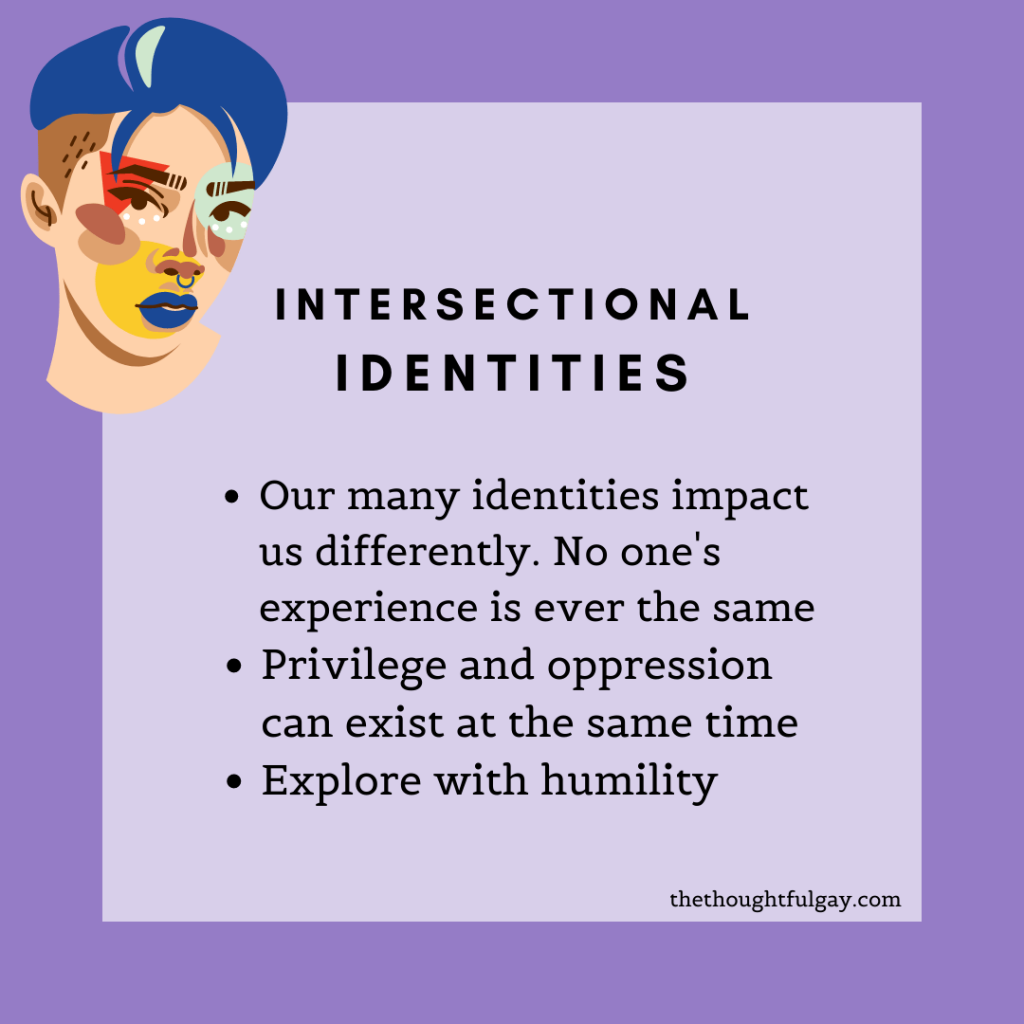
The social construction of oppression
The oppressive experiences I described here were not the product of mere individual prejudices and attitudes, however, but rather a cycle of socialization designed to reinforce racist patterns of privilege and oppression.18
This socialization triggered in me a sense of shame and guilt about the way I looked, in turn giving rise to internalized racism. Those drove me to shun all aspects of my own perceived “otherness”19 during future social interactions.
Growing up in Australia, I learned in school that these racist patterns were the product of legislation, such as the cultural assimilation policies of the 1940s and 1950s.
There was also the White Australia Policy, which limited immigration of all non-British people and was only abolished in 1975 with the Racial Discrimination Act.20
Despite the Australian government’s subsequent embrace of multiculturalism, it seemed to me that the commonly held social expectation remained one of assimilation.
If you failed to speak English with an Australian accent or to use Australian slang, if you subscribed to “foreign” religions such as Islam, or if you refused to embrace tokenistic aspects of Australianmui culture such as enjoying barbeques, the beach, and sports, you faced possible mockery and marginalization.
This I now understand was more than standard “ingroup” behavior, whereby members’ identities are reaffirmed by their exclusion of “outgroup” members.21
It was, rather, a process of socialization oriented towards sustaining “White, male, heterosexual, Christian institutional and economic power”.22
The tyranny of heteronormativity
This process began in school, with the daily enforcement of rigid gender scripts.23 Males were expected to have a keen interest in sports, to regularly prove their athletic prowess, to speak in clipped, monosyllabic sentences, and to limit their facial expressions.
Any kind of weakness was not tolerated. Expressing emotions or empathy was frowned upon. Judgment, dismissal, or exclusion among boys and men were the three methods by which I saw this toxic masculinity socialized.
In this sense, one’s gender “membership” often felt uncertain—prone to being retracted by one’s peers at the slightest infraction.
Every aspect of how one presented or conducted oneself felt open to scrutiny. If you had a lisp, gestured too much, or walked in a certain way, you could be declared “girly”, “pansy”, or even a “f****t”.
To be called gay was to be ruled an abject failure as a male, a dirty sexual deviant, and a threat to the social order.
Once accused, you would invariably find yourself pushed to the bottom of the social pecking order.
Given my various autism-related traits, such as my unusual gait and style of speaking, I found myself excluded and bullied by members of privileged agent social groups; specifically, White, neurotypical, heterosexual boys and men.
How oppression can accumulate
This “othering” I think was also the product of ableist assumptions that those with disabilities lack intelligence and are helpless and incapable of assuming care for themselves.24
In a culture that codes masculinity as being self-sufficient, people with disabilities accordingly fail the acid test.
Consider that when my impairment was revealed—upon committing a social gaffe, for example—some people would respond by calling me “stupid” or “r*****ed”.
While my disability might seem mild to some, my different style of thinking and behaving was nevertheless picked up by the finely attuned senses of agent group members, who would cut in line ahead of me at the cafeteria, turn away upon my approach, and exclude me from social gatherings.
Where I had internalized racism as a survival mechanism, I also learned to internalize ableism and homophobia, hiding my struggles and my sexuality where possible.
I endured sensory sensitivities that made sitting in a classroom difficult, but fear of inviting victim-blaming25 however kept me from ever complaining or seeking support.
For to be perceived as disabled or gay would mean I would lose certain privileges, such as the social acceptance afforded to my “normal” and straight peers,26 and even incur their hostility and oppression.
A toxic masculinity cocktail
My aversion to revealing any vulnerability was the product of a socialized script of self-sufficient masculinity.
This script in turn stemmed from the “pull yourself up by your bootstraps/equal playing field” beliefs that have come to define both North American27 and Australian culture.
Australia for example has long conceived of itself as the land of the “fair go”, where everyone has a chance of getting ahead, with the nation priding itself for its apparent egalitarianism.28
The bootstrapping/equal playing field beliefs value self-sufficiency, as well as a formal conception of equality, whereby everyone is entitled to the same treatment.
That same conception however fails to acknowledge that people operate within power structures that either inflict disadvantage or fail to make adequate accommodations for those who face it, such as people with disabilities.29
While I reconciled with my sexuality in my early 20s, it was not much later, after my autism diagnosis at age 26, that I was able to name the problem identified above.
By calling out this ableism for what it was and recognizing how it pervaded all aspects of my life, I was finally able to embark on the road to liberation as described by Brazilian philosopher Paulo Freire.30
My reality was no longer grounded in the belief that I was a bad person who deserved rejection. Instead, I now saw that I was someone who had been oppressed and disadvantaged.
Without a diagnosis, I had never had an adequate way of explaining my difference, or of receiving the therapeutic interventions that might have otherwise helped me overcome my interpersonal challenges.
Intersectionality: sometimes a target, sometimes an agent
I recognize that for all these difficult experiences, there were instances in which I nevertheless enjoyed some power and privilege.
In some instances, I was a target, but in others, I was treated as an agent. As a male, I had unearned advantages and conferred dominance over females31 which, historically speaking, had enabled the former to objectify, sexually harass, and menace the latter.
Besides never having to fear such treatment, I enjoyed other privileges, such as never having to devote much attention to maintaining a gender normative appearance. Nor did I ever have to fear that the way I dressed might be blamed for my later rape.32
My male gender identity has also meant that where it comes to employment, I have a better chance of securing higher pay and a managerial role. As someone with lighter-colored skin, I also enjoy skin privilege.33
Identifying as cisgender means I have never been subjected to the kinds of everyday and major discrimination and prejudice that many trans individuals have faced,34 sometimes even from within the LGBTQI+ community.
For instance, I can successfully “pass” as my chosen gender and can use public facilities without fear of intimidation or attack. The humiliation and hurt of being dead named or having my gender identity questioned have never been a reality for me.
Growing up as a member of the middle class, I enjoyed other privileges such as a stable home, three meals a day, the occasional vacation, and so on. My parents at one point were even able to secure a private education for me and my siblings.
As an Australian, I never had to endure disadvantages and dangers other people of other nationalities might, such as extreme poverty, civil rights abuses, war, famine, water/food scarcity, natural disasters, genocide, totalitarian dictatorships, energy shortages, a lack of public infrastructure, rampant corruption, deadly pollution, and environmental degradation.
Like other Australians, I have been blessed with a home country renowned for its cultural diversity, fresh air, intact natural environments, low population density, strong public healthcare and welfare systems, low-interest government college loans, a low unemployment rate, and low crime rates.
My nationality has granted me the comfort of knowing there was always a safety net there, waiting to catch me in the event of personal disaster.
The conflicts and contradictions of intersectionality
In short, I experienced disadvantage as a person of color who had a disability and was gay, while also enjoying privileges as a lighter-skinned cisgender male, a member of the middle class, and an Australian.
Understanding that we can have cumulative disadvantages, or simultaneously face privilege and oppression, is what intersectionality is all about.
The contradictoriness that appears during intersectional inquiry reveals the problem with assuming what it is like to walk in another’s shoes.
Intersectionality invites us to ask and to listen, to adopt a position of humility.
From such a position, we all stand a better chance of truly understanding and empathizing with one another’s experiences.
Such an understanding is crucial to our struggle as human beings for collective empowerment.
FREE PDF GUIDES FOR SOCIAL WORKERS
You can read more social work-related posts here
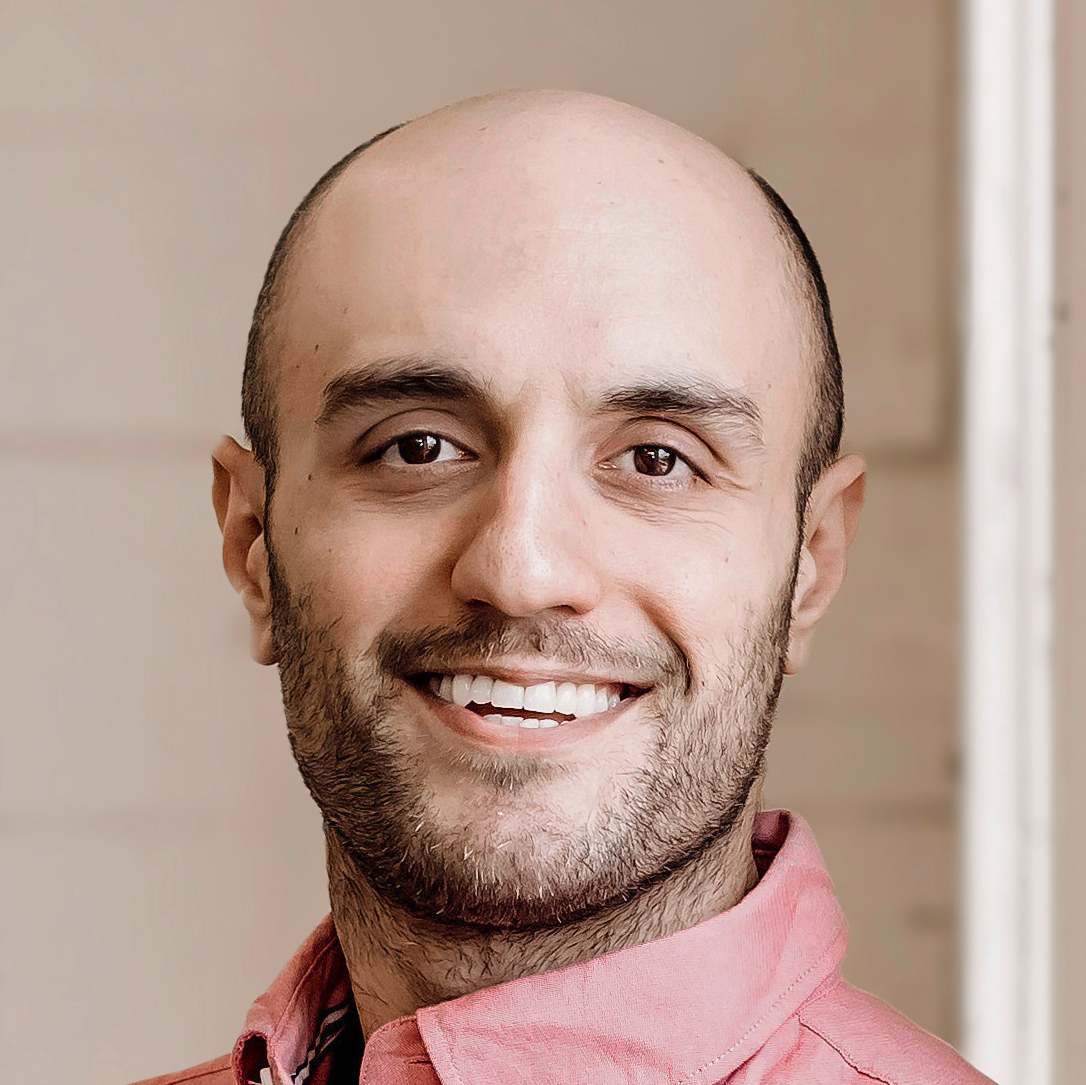
Essy Knopf is a therapist who likes to explore what it means to be neurodivergent and queer. Subscribe to get all new posts sent directly to your inbox.


